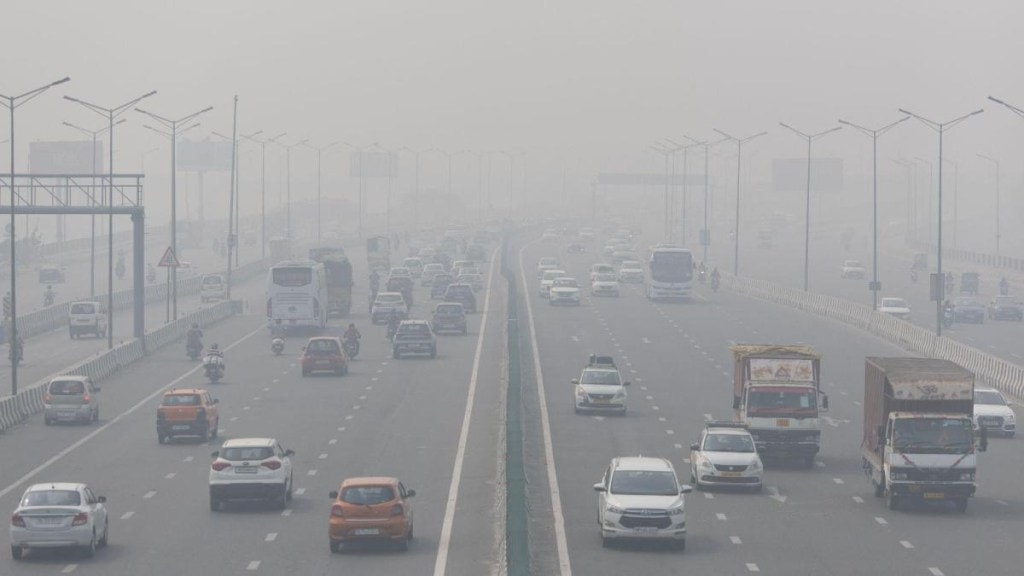New Delhi woke to a thick layer of smog on Saturday, with air quality dipping to hazardous levels across various parts of the city. The overall Air Quality Index (AQI) at 7:00 am reached 296, classified as “poor,” according to SAFAR (System of Air Quality and Weather Forecasting and Research). Key areas like Anand Vihar reported a much worse AQI of 380, classified as “very poor,” while ITO and RK Puram also showed distressing levels at 253 and 346, respectively, during the early hours. Dwarka Sector 8 recorded 308, and IGI Airport T3 stood at 342, all in the “very poor” category, as reported by the Central Pollution Control Board (CPCB).
The post-Diwali pollution spike has been felt by residents, especially those engaging in outdoor activities. Cyclists near India Gate expressed the strain of exercising in the polluted air. “You don’t notice it while walking, but if you’re cycling, jogging, or doing any heavy physical activity, breathing becomes very difficult,” a cyclist shared with ANI. Another echoed these concerns, saying that pollution levels are only expected to rise further in the coming days.
The post-Diwali air quality drop is a recurring issue for the capital, as firecracker residue combines with existing pollution sources. Just a day after Diwali, several areas recorded AQIs well above 350, with Anand Vihar at 395, Aya Nagar at 352, Jahangirpuri at 390, and Dwarka at 376 — all in the “very poor” category. Health officials advise residents, especially the elderly, children, and those with respiratory conditions, to avoid prolonged outdoor activities due to the risks posed by the polluted air.
As pollution levels rise, authorities and environmentalists call for stronger air quality measures to mitigate the seasonal spikes that have become all too familiar for Delhi’s residents.

